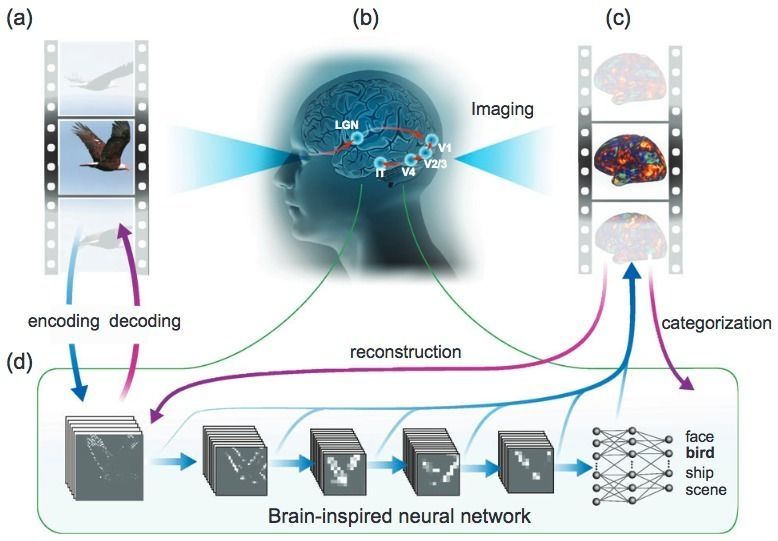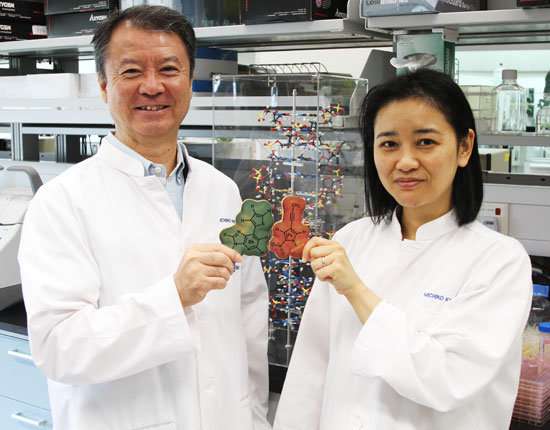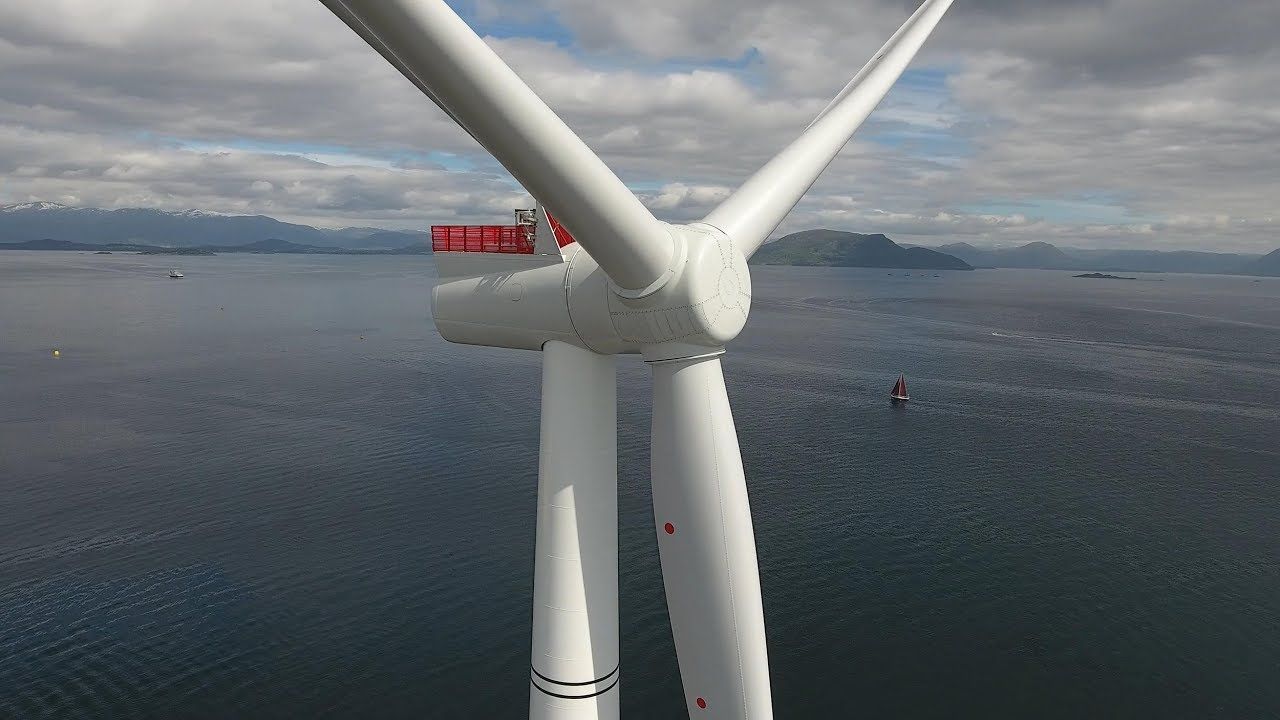
While NASA and SpaceX figure out how to get to Mars, they’re also thinking about how the 200-day journey and life on the red planet will affect humans. Astronauts will be dealing with nasty things like muscle atrophy and bone loss, intra-cranial pressure, psychological issues, lack of resources and long-term radiation exposure. NASA and its partners are working on things like “torpor,” a type of space hibernation, and protective Mars cave dwellings with a view. To learn more, Engadget spoke with NASA scientist Laura Kerber and Spaceworks COO John Bradford at the Hello Tomorrow symposium in Paris.
“There are a lot of challenges that are preventing us from even getting there in a healthy state,” said Bradford in a keynote speech at the event. As a human-space-exploration expert, he’s been working on a way to mitigate many of those problems by putting astronauts in a “torpor state” of prolonged hypothermia. It not only reduces the human problems but helps with technical and engineering challenges, too.
On the medical side, it addresses the so-called psycho-social challenges (you can’t get depressed if you’re asleep), reduces intra-cranial pressure, opens up new approaches like electrostimulation to reduce muscle atrophy and bone loss, and even helps minimize radiation exposure.
Continue reading “Getting to and living on Mars will be hell on your body” »


















